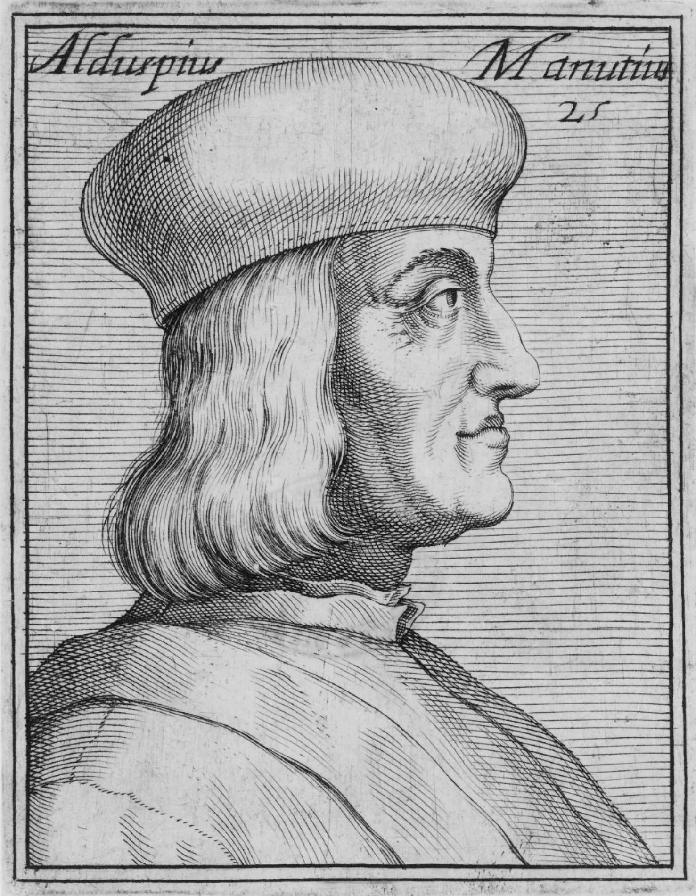EVENTI

Special guided tours to discover the heritage of the Chapter Library are back again in March.
The new event, to be held on Saturday, March 18, will feature Aldo Manuzio and the most famous editions in the history of Italian printing, the aldine.
Aldo Manuzio, grammarian and teacher, is considered the first publisher from the modern point of view and the greatest typographer of the Renaissance. We are in Venice, in the late fifteenth and early sixteenth centuries, when Manuzio introduced several innovations to Gutenberg's invention (italic typefaces, punctuation, page numbers, the pocket format...), such as would lead to the birth of the modern book. Dedicated initially to an extensive publishing project in Greek, he was later the first to use the italic print typeface and pocket format for Latin classical texts, thus fostering a use of the book not only for study but also for leisure.
He also introduced punctuation, page numbering and indexing; his elegant editions are also recognizable by the typographic mark with the anchor with a dolphin and the motto "festina lente."
On display in the exhibition will be some of the most valuable aldines preserved in the Capitolare, including the greatest typographic feat of the 15th century: the five-volume edition of Aristotle's works in splendid Greek type; the Hypnerotomachia Poliphili, the finest printed book of the Renaissance; the works of Virgil in the first aldine paperback; and Lucretius's De Rerum Natura the last text printed by Aldo during his lifetime. These include other ancient printed texts and manuscripts related to the history of Aldo Manuzio and his printing house.
